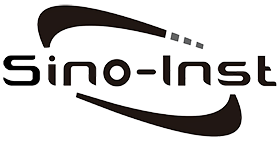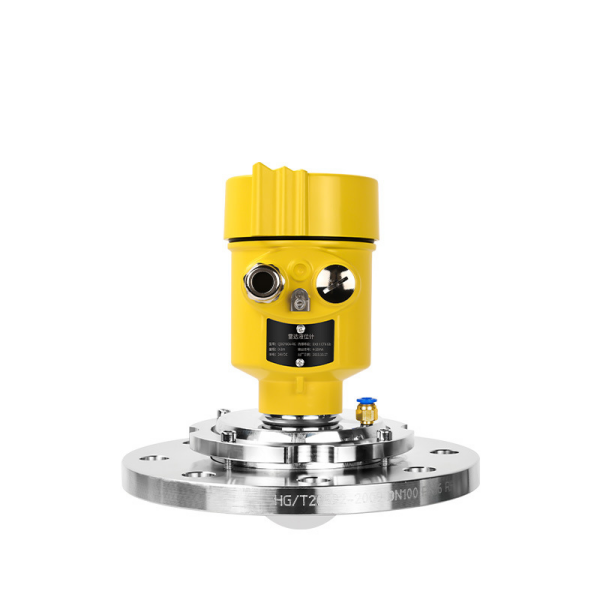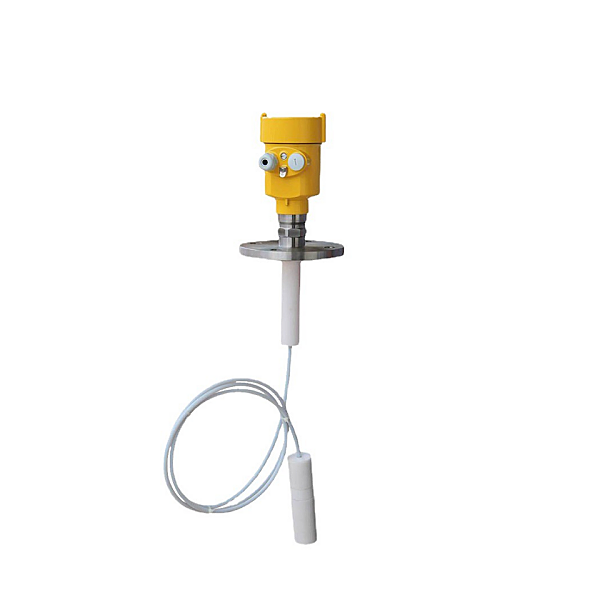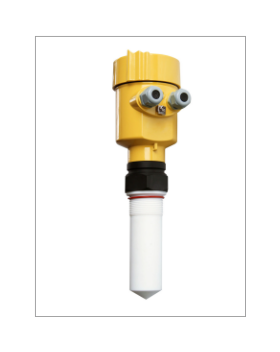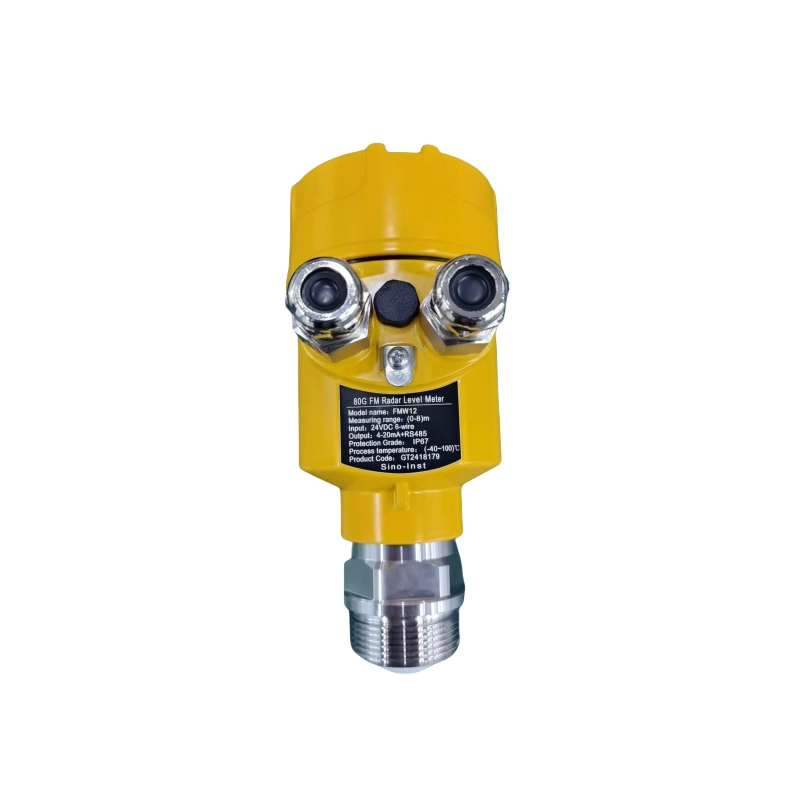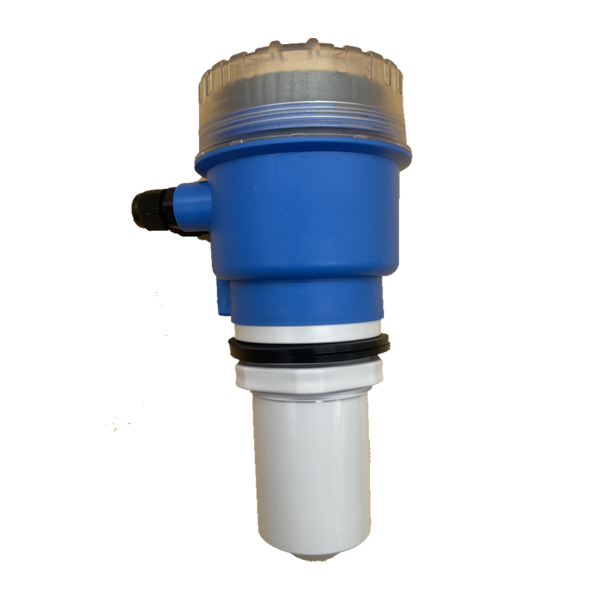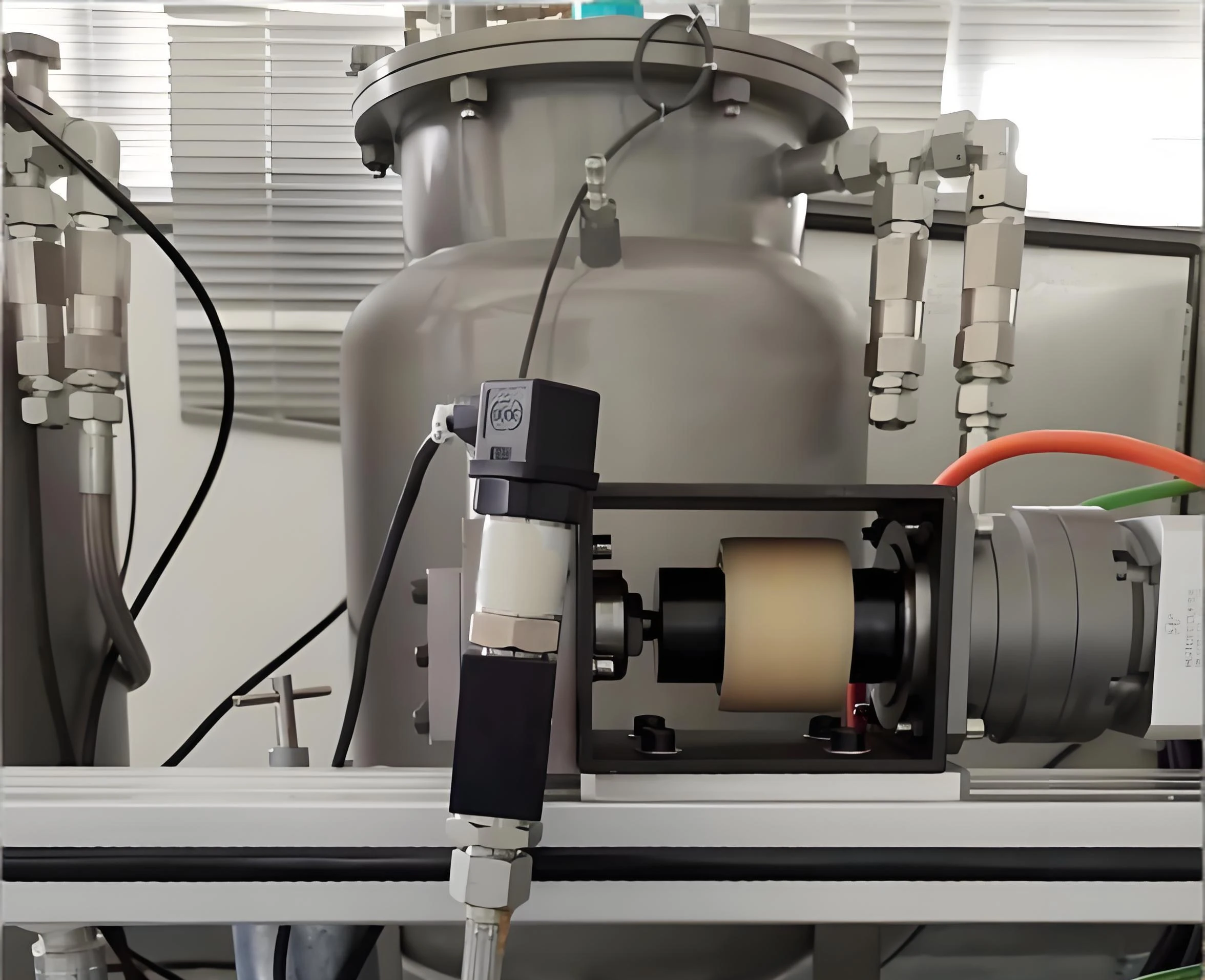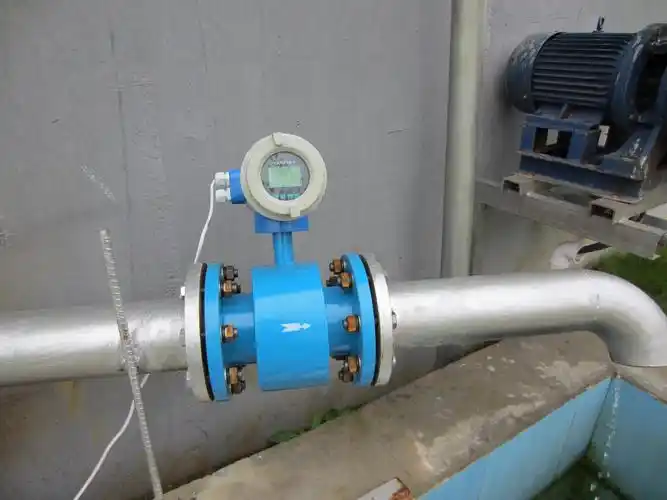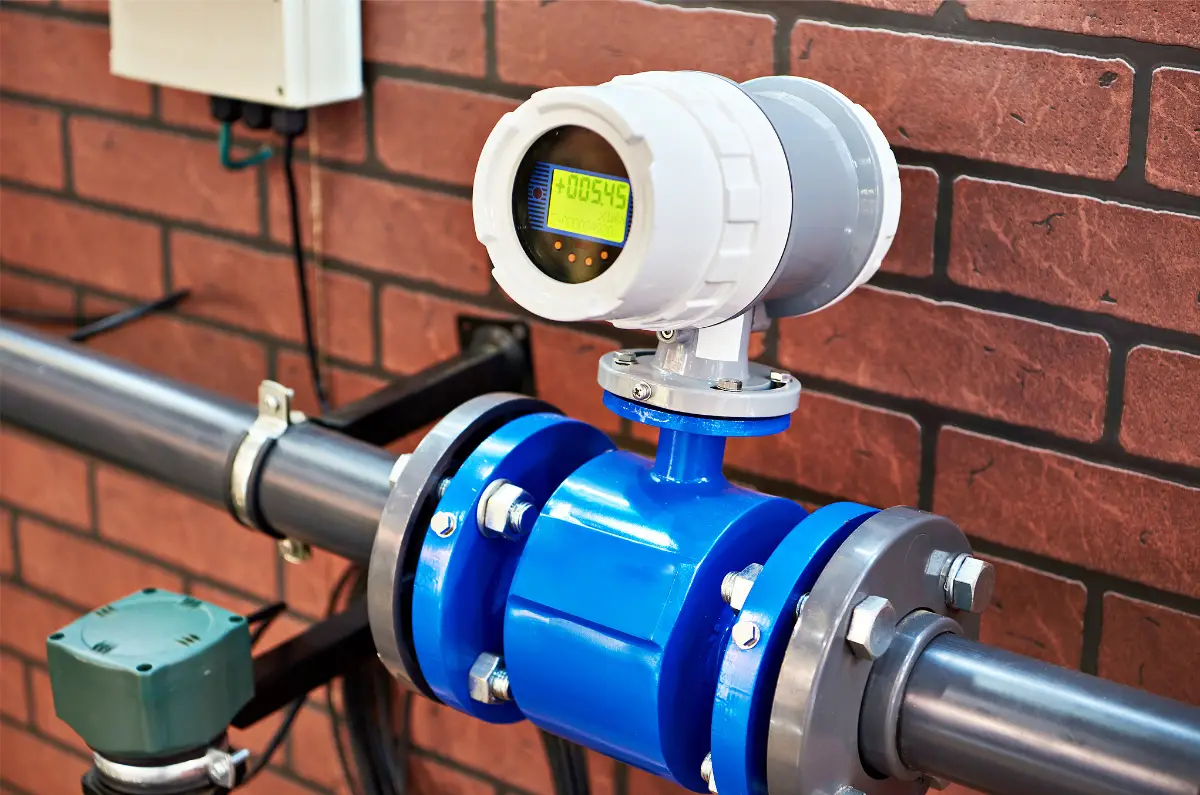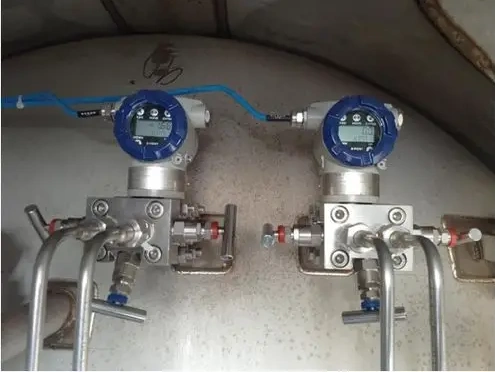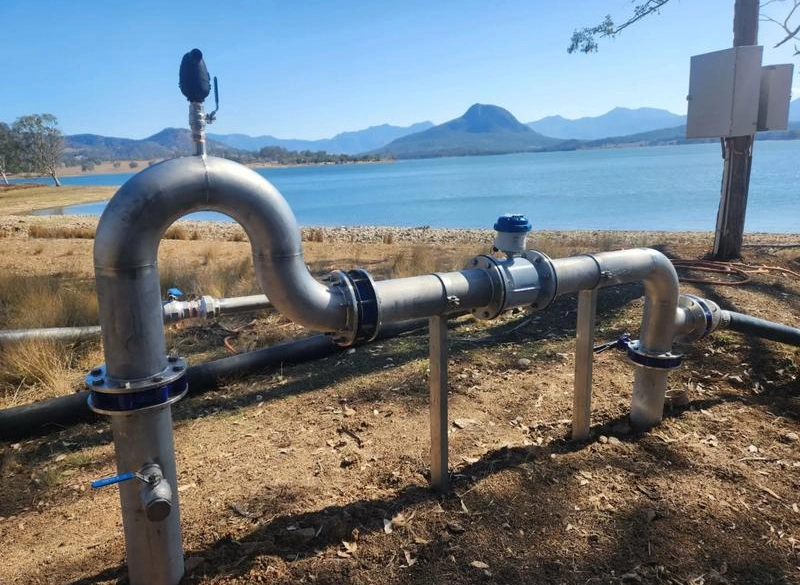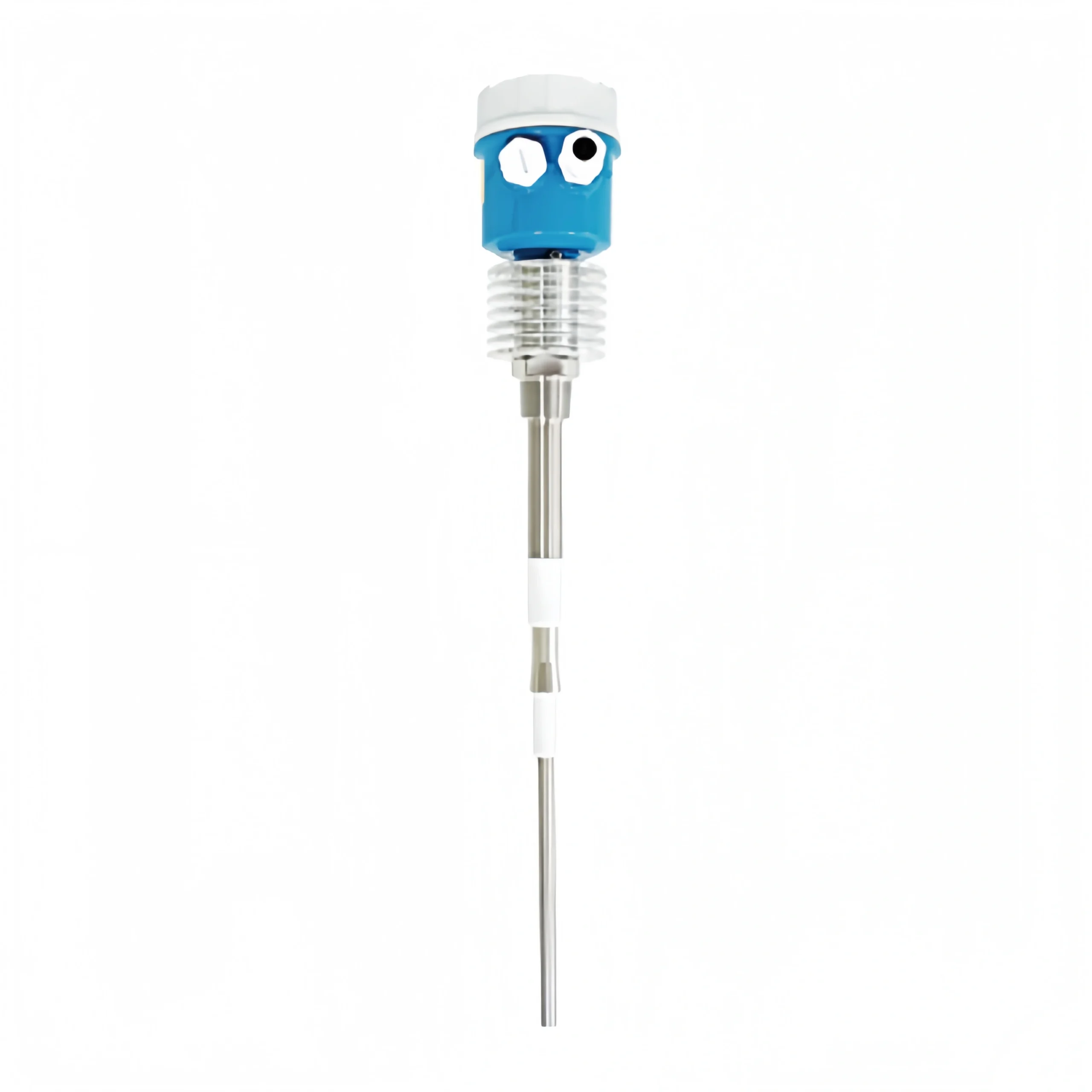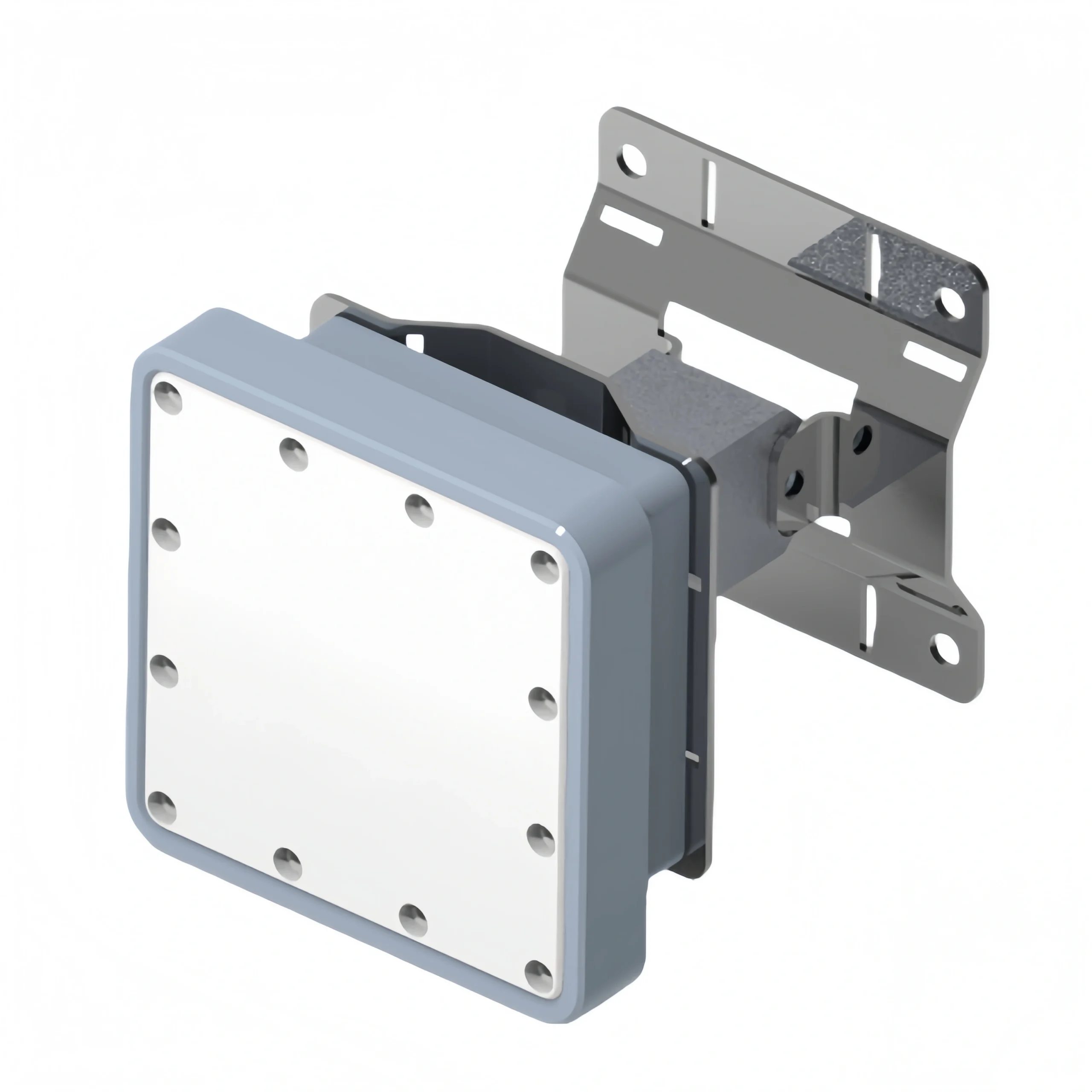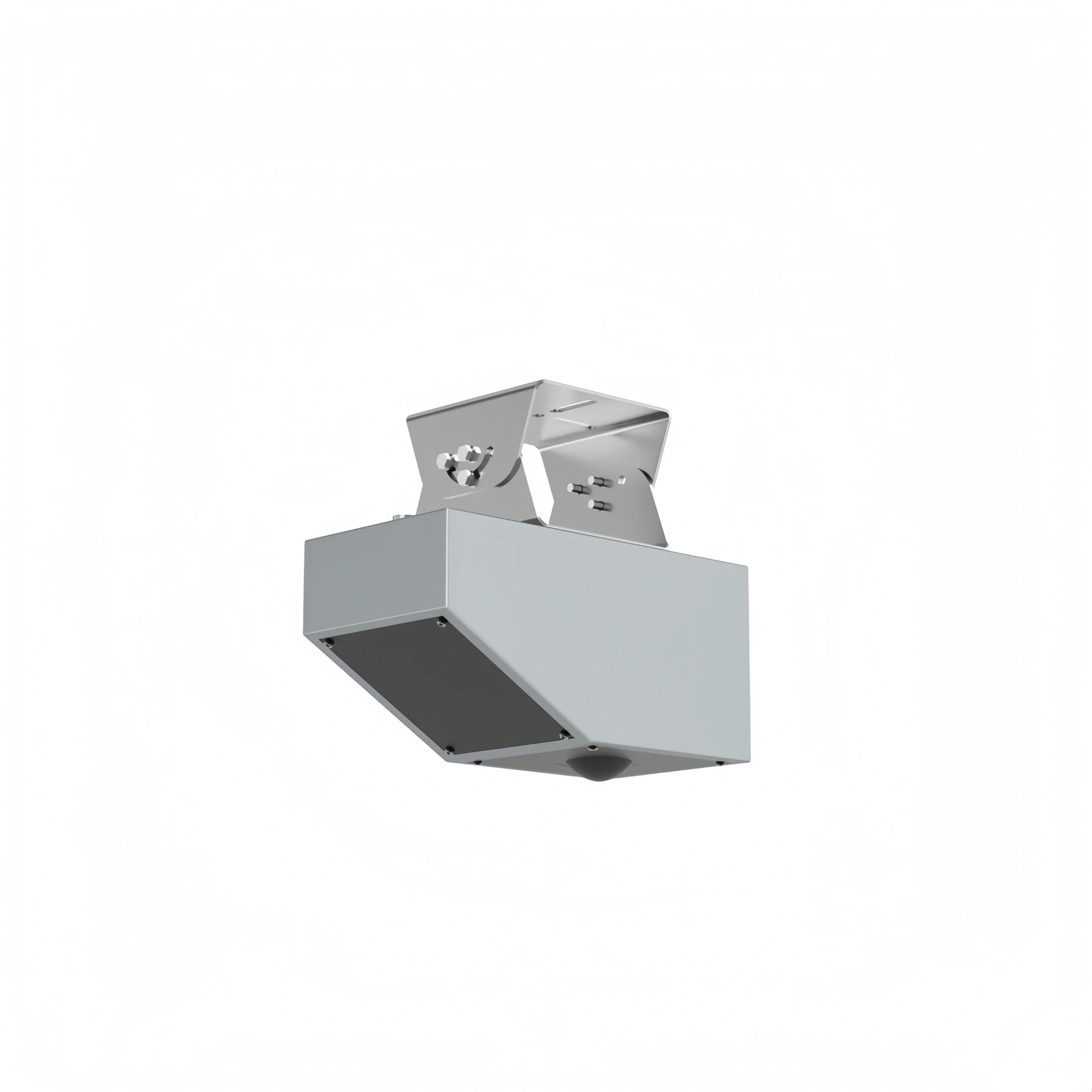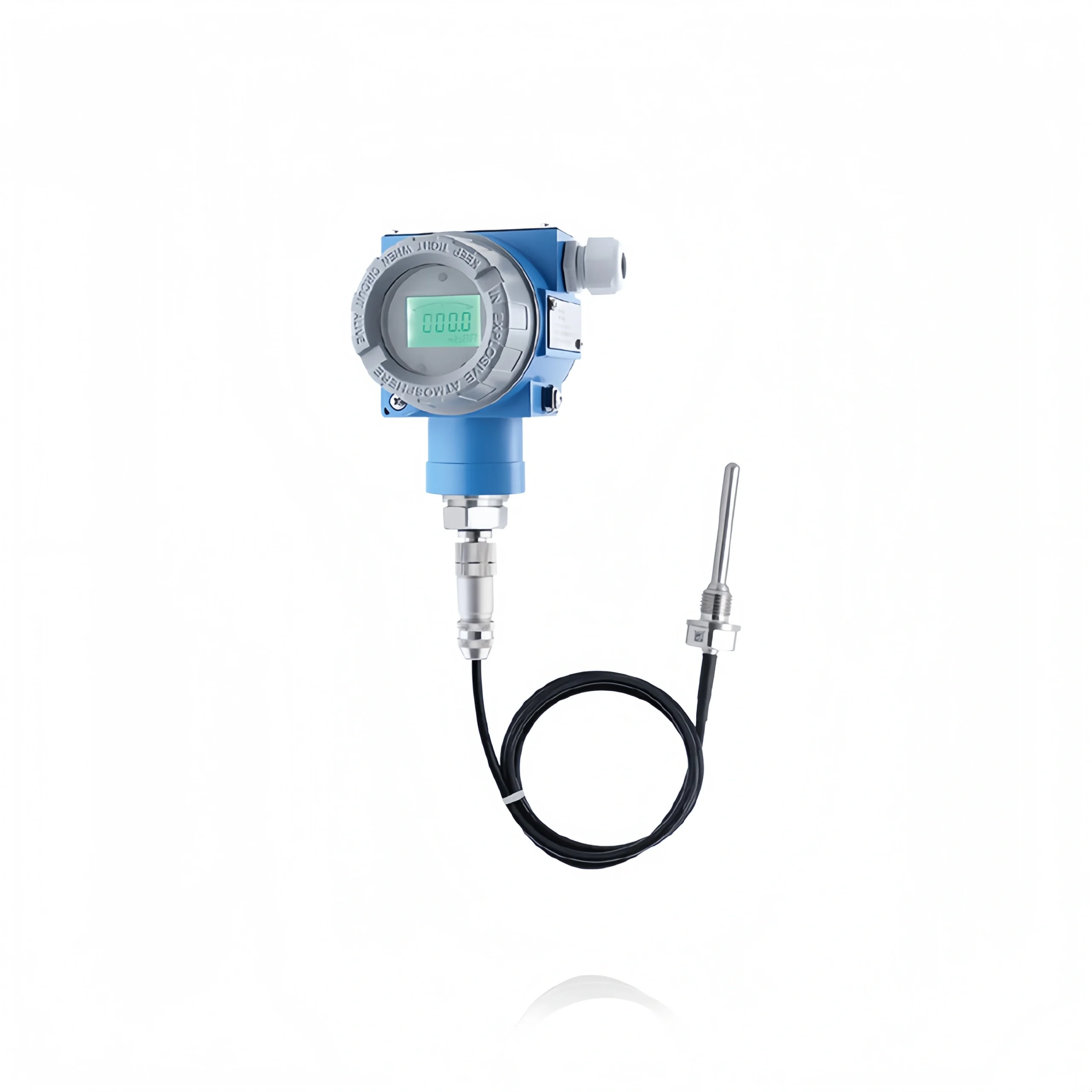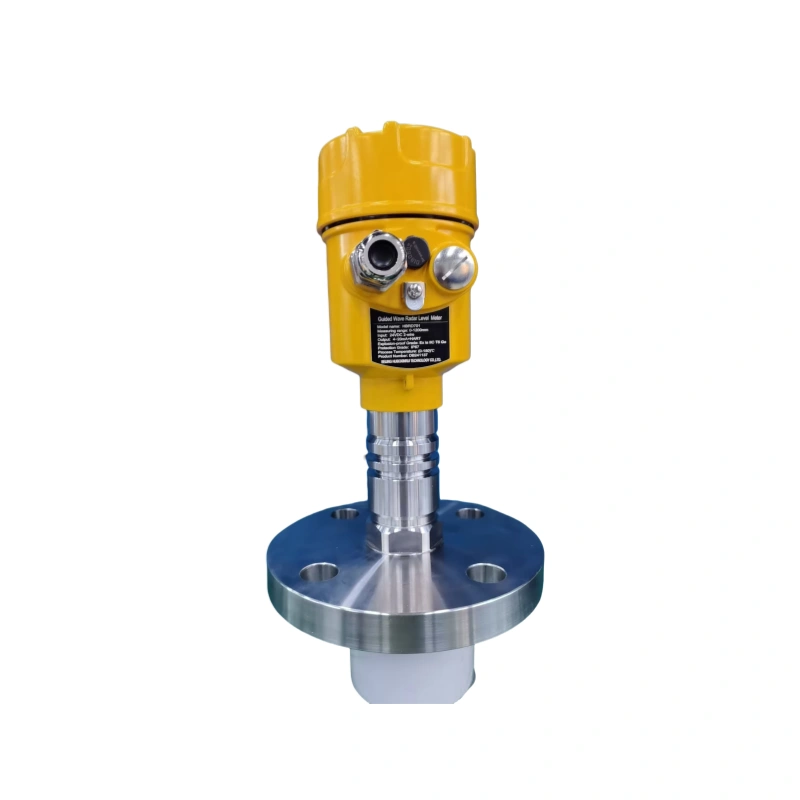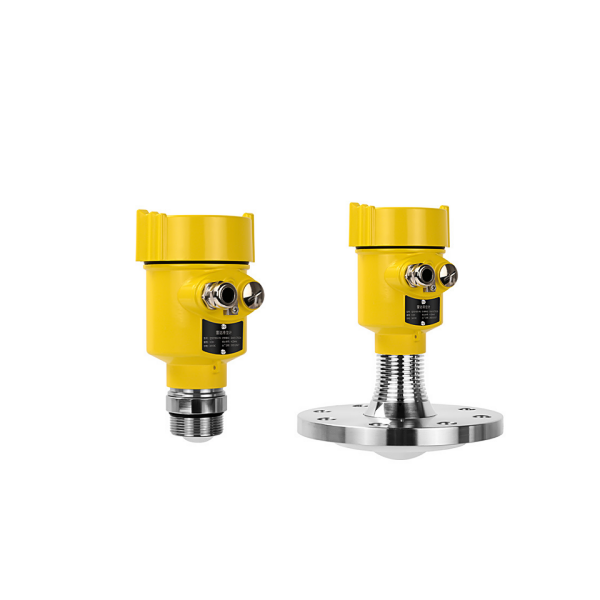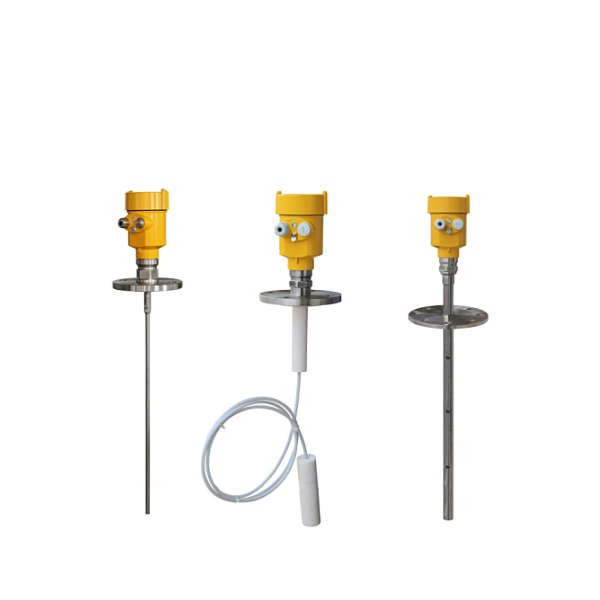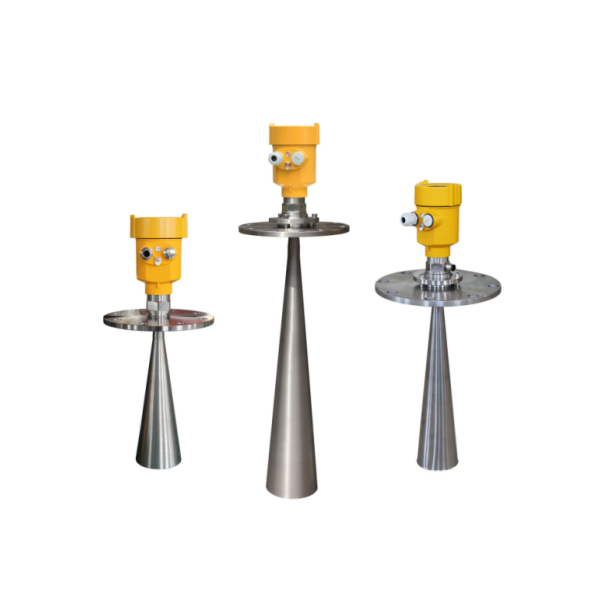There are many different technologies for level measurement. For example, differential pressure level meter. capacitive level meter. ultrasonic level meter, etc. Among them, radar level measurement is chosen by many people due to its high accuracy and non-contact measurement.
Radar level transmitters play an important role in level measurement. This article will specifically introduce radar level transmitters. Help readers better understand and choose level measurement solutions that suit specific needs.
What is Radar?
Radar is radio (target) detection and ranging. Its basic function is to use the scattering of electromagnetic waves by the target to detect the target. And determine the spatial position of the target.
The basic working principle of radar is easy to understand. However, its implementation process is very complicated. It involves electrical engineering, mechanical engineering, high-power microwave transmission, high-speed signal and data processing.
The reason why radar can detect azimuth information. such as the target distance is closely related to the propagation characteristics of electromagnetic waves:
• Electromagnetic waves usually propagate in a straight line at a constant speed in space. But it will be slightly different due to changes in atmospheric and climatic conditions
• Electromagnetic waves propagate in the air at a speed close to the speed of light
• Reflection phenomenon of electromagnetic waves. When electromagnetic waves encounter obstacles, they will be reflected
By detecting electromagnetic echoes, data processing and analysis of electromagnetic waves can be performed. Obtain the azimuth information of the target.
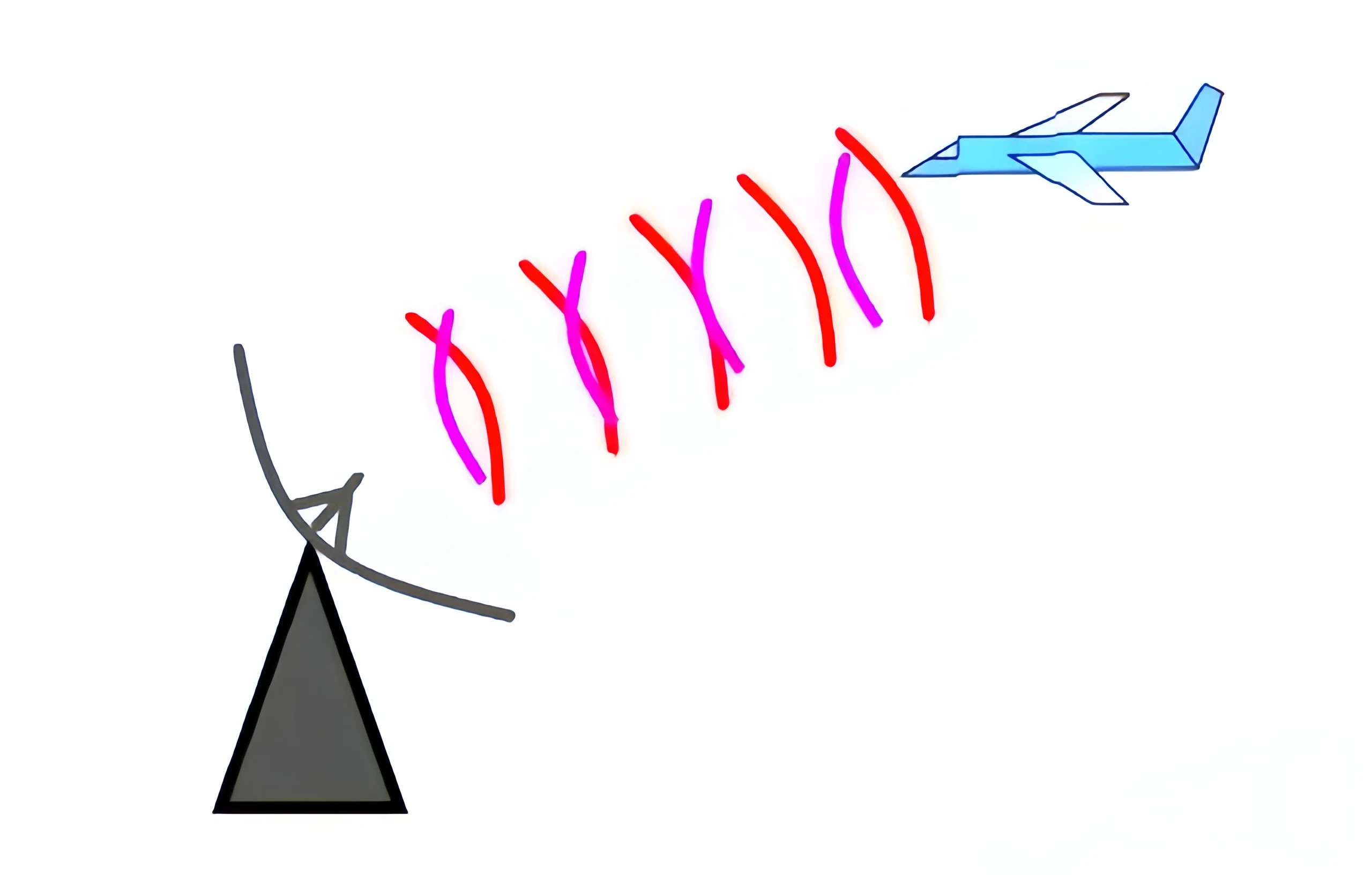
What is a Radar Level Transmitter?
Radar level transmitter uses radar technology for non-contact continuous level measurement. The radar level indicator converts the liquid level into an electrical signal. The level signal output can then be used by other instruments for monitoring or control. Liquids and solids are usually measured using this measurement technology. For example: fly ash silo.
Features of radar level transmitter:
- Since the radar level transmitter uses electromagnetic waves, it is affected by the dielectric constant of the measured material.
- Radar emits electromagnetic waves, which can be measured without the help of a propagation medium.
- Measurement is not affected by temperature, pressure or dust
- User-friendly adjustment saves time
- Non-contact continuous level measurement over a wider range
- Not affected by sludge and biomass, dust, foam, oil, grease and other coatings, uneven surfaces, turbulence, pressure and vacuum
- Single-frequency radar level sensor is for liquid sensing. Dual-frequency radar level sensor is for aggregate, gravel, sand, coal, asphalt and other solid level measurement
- Simple installation and button calibration
Sino-Inst Featured Products
Types of Radar Level Transmitters
According to the measurement principle, it can be divided into the following two categories:
Pulse radar level meter
(8G and 26G bell mouth radar belong to this category)
Principle:
By transmitting a pulse microwave signal, this signal encounters the surface of the measured medium and reflects. The radar level meter measures the time interval from the transmission signal to the reception of the reflected signal.
According to the speed of light and the time interval, the liquid level height can be calculated. For example, in a large oil storage tank, the pulse radar level meter transmits a pulse signal. When the signal hits the oil surface and reflects, the level meter determines the oil level by accurately measuring the time difference.
Features:
- It has a wide measurement range (up to 70 meters).
- And can be applied to a variety of complex working conditions, such as high temperature, high pressure, and highly corrosive environments.
- The installation requirements are relatively low.
- The antenna does not need to contact the medium.
- Maintenance is relatively convenient.
Frequency Modulated Continuous Wave (FMCW) Radar Level Meter
(80G and 120G radars belong to this category)
Principle:
It transmits a microwave signal whose frequency changes continuously over time. When the signal is reflected by the liquid surface, it is mixed with the transmitted signal to obtain a different frequency signal.
This difference in the frequency signal is related to the liquid level. And the liquid level is determined by analyzing the difference frequency signal. Just like in a long and narrow water tower, the frequency-modulated signal emitted by the FMCW radar level meter is reflected by the water surface. The difference frequency signal obtained after processing can accurately reflect the change of the water level.
Features:
- High precision.
- Can achieve millimeter-level measurement accuracy.
- Strong anti-interference ability, especially in complex media environments such as foam and steam.
- It can still measure the liquid level more accurately.
- The price is relatively high.
- Installation requirements are more stringent.
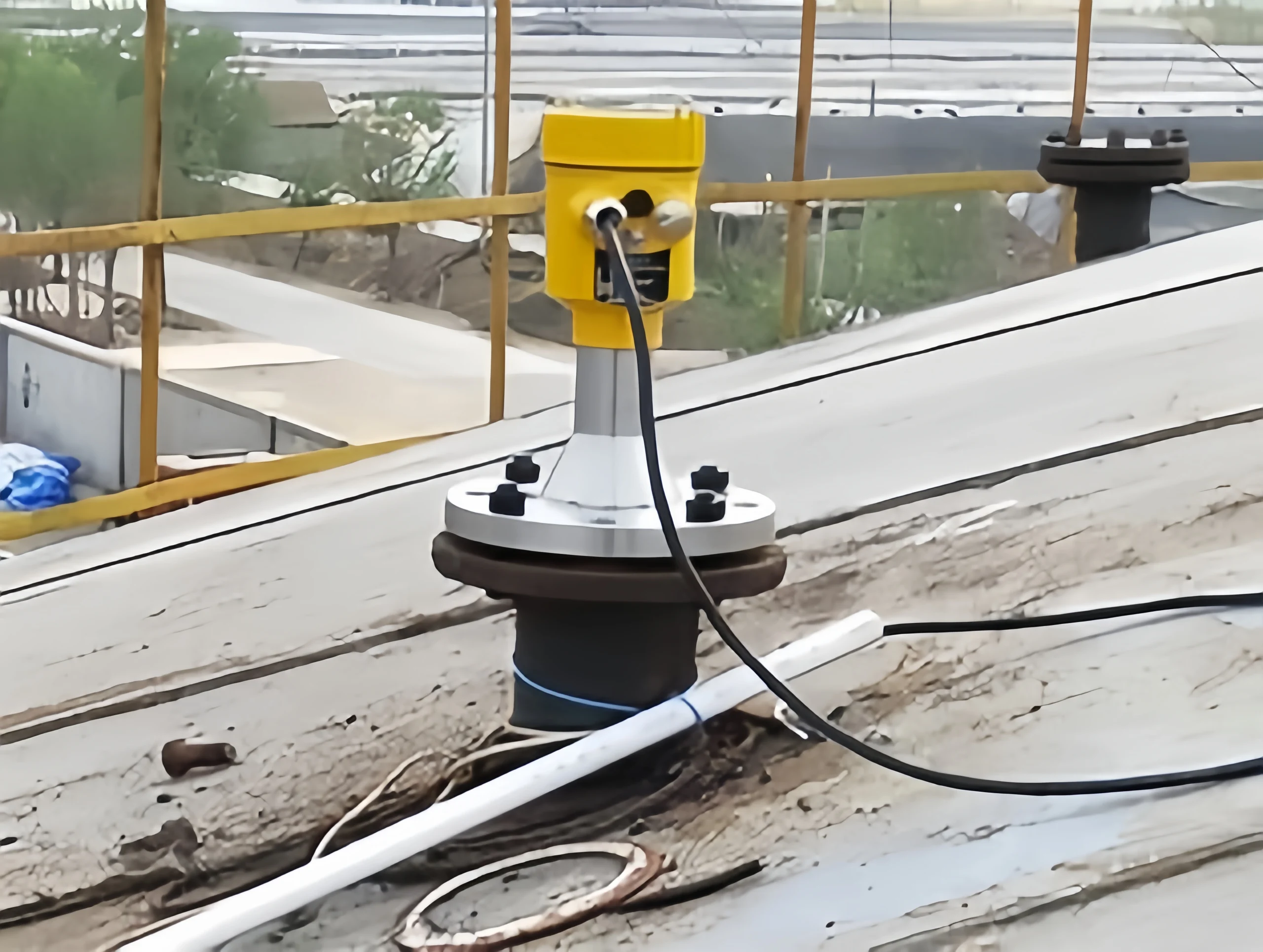
Working principle of Radar Level Transmitter
The radar level transmitter uses the relationship between the transmission speed of electromagnetic waves in the medium and the dielectric constant of the medium to measure the liquid level. It transmits microwave signals and receives signals reflected from the liquid surface. And it determines the liquid level by measuring the propagation time of electromagnetic waves.
The radar level transmitter adopts the transmission-reflection-reception working mode. The antenna of the radar level transmitter emits electromagnetic waves. They are reflected by the surface of the measured object and then received by the antenna. The time from the emission to the reception of the electromagnetic wave is proportional to the distance to the liquid surface. The relationship is as follows:
D=CT/2
Where
D—the distance from the radar level transmitter to the liquid surface
C—the speed of light
T—the running time of the electromagnetic wave
The radar level transmitter records the time experienced by the pulse wave. And the transmission speed of the electromagnetic wave is a constant. The distance from the liquid surface to the radar antenna can be calculated.
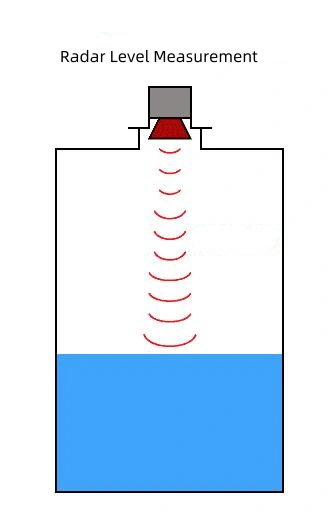
Applications of Radar Level Transmitter
Radar level transmitter is used in many fields. Common radar level transmitter application scenarios:
1. Petrochemical industry:
In petrochemical enterprises, radar level sensors are widely used for liquid level measurement of various containers. such as crude oil storage tanks, finished oil tanks, and chemical raw material tanks.
Accurately grasping the liquid level in the storage tank is of great significance. Ensure production safety and reasonably arrange material transportation and storage capacity.
In addition, radar level transmitters are also needed in various reactors and separators in the oil refining process. Monitor the liquid level changes in real time to achieve precise process control.
2. Water treatment and environmental protection:
Sewage treatment plants use radar level sensors. Monitor the liquid level in facilities such as sewage pools, sedimentation tanks, and sludge concentration tanks. Adjust the treatment process and equipment operating parameters in time. Ensure that the sewage treatment effect meets the emission standards.
At the same time, radar level gauges can also be used to monitor the liquid level in the leachate collection pool of the landfill. Prevent the leachate from overflowing and causing environmental pollution.
3. Food and pharmaceutical industry:
In the production process of food and pharmaceuticals, hygiene and quality control are crucial. The non-contact measurement method of radar level sensors can effectively avoid contamination of products. So they are widely used to monitor the material level in containers such as raw material tanks, finished product tanks, and mixing tanks.
For example, in the beer brewing process, the precise control of the liquid level of wort, fermentation liquid, etc. Ensure the stability and consistency of product quality.
4. Solid powder measurement:
Radar level transmitters can be used to measure solid media such as cement, flour ash, etc.
5. Other fields:
Radar level transmitters are also widely used in energy and power, papermaking, shipping and other industries.
In the energy field, it can be used to measure the liquid level in natural gas storage tanks and oil pipelines. In the papermaking industry, it can monitor the liquid level of pulp tanks, paint barrels, etc.
On ships, it can be used to measure the liquid level information of fuel tanks, ballast water tanks, etc. And it provides important data support for the safe navigation and operation of ships.
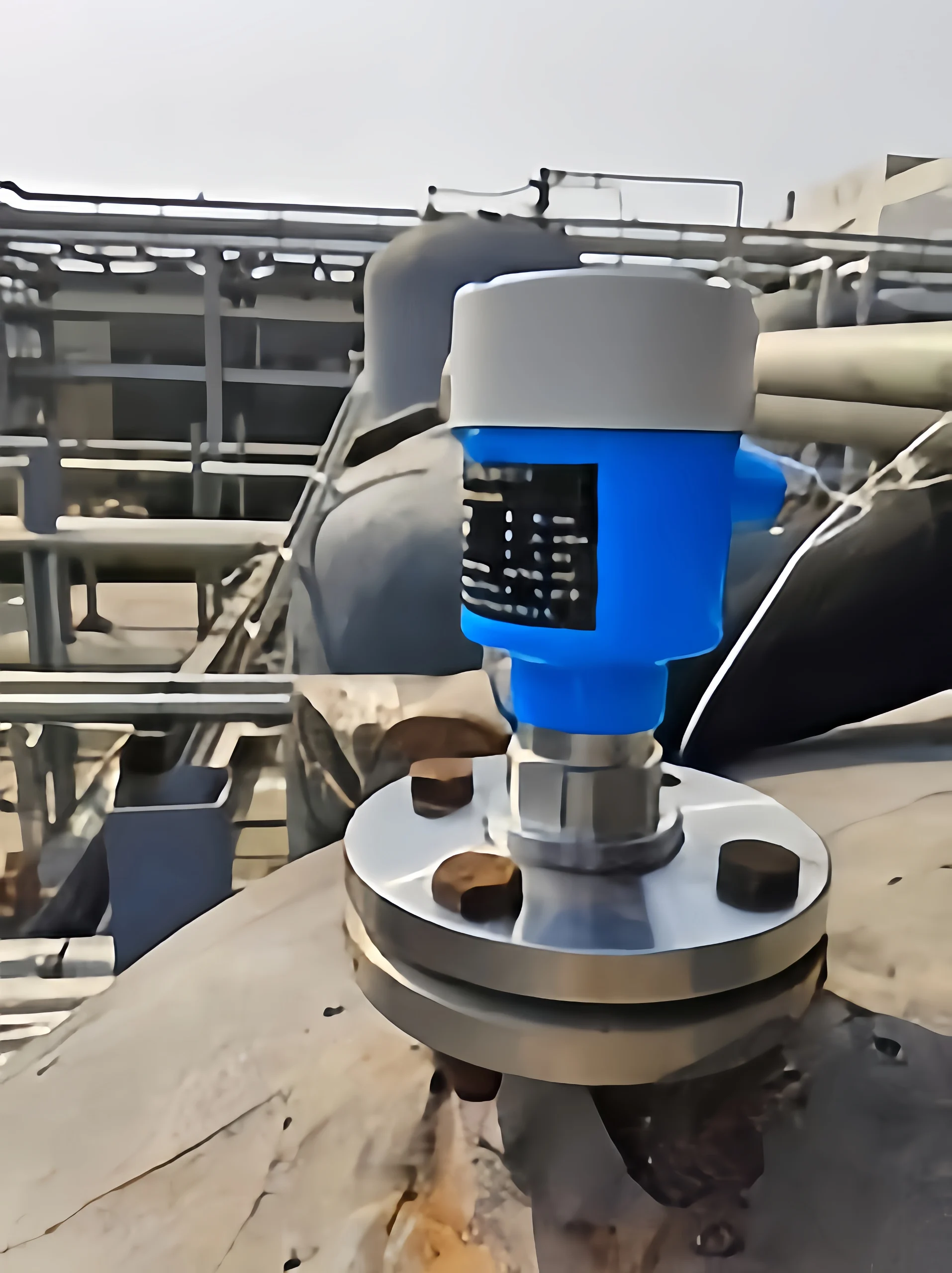
What are the Limitations of Radar Level Transmitters?
- It is very sensitive to deposits on the surface of the sensor.
- It is expensive, the accuracy is different, and the price is also different.
- It has requirements for dielectric constant in contact with the medium.
- Wire cables and probes are easy to hang materials.
- Wire cables may fall off.
What is the Difference between Radar and Ultrasonic Flow Meter?
Radar flow meters and ultrasonic flow meters each have their advantages and disadvantages. Radar flow meters excel in measurement accuracy and scope of application. But they are expensive and complex to install and maintain.
Ultrasonic flowmeters have a wider range of applications and lower costs. But special attention should be paid to the uniformity of flow field distribution in installation and maintenance.
What is the Difference between Hydrostatic Level Transmitter and Ultrasonic Level Transmitter?
Hydrostatic level transmitters are small, lightweight, sensitive and high-performance, with convenient installation and use.
They are mainly used in urban water supply and drainage, water treatment plants, reservoirs, rivers, oceans, oil storage tanks, tanks filled with pastes, and liquid levels in petroleum, chemical, metallurgical, electric power and other departments, as well as liquid level measurement of other open containers.
Whether the measured liquid is water, oil, acid, alkali, salt or viscous liquid, it can be measured with high precision.
If the measured liquid contains impurities and sticky objects, it will affect the measurement. Block the measuring hole of the transmitter. and make the measurement impossible. Pay attention to timely maintenance and cleaning.
The ultrasonic level transmitter is a digital liquid level meter controlled by a microprocessor. And the medium is almost unlimited. It can be applied to complex working conditions of measuring the height of various liquids and solid materials. Can realize temperature compensation of the measured value.
Non-contact measurement, high measurement accuracy, simple operation, intuitive interface, etc.
It uses the different properties of ultrasonic attenuation, penetration ability and acoustic impedance in gas, liquid or solid. Measure the interface of two media.
This type of instrument has high accuracy and a fast response. But the cost is high and maintenance and repair are difficult. They are all used on occasions requiring high measurement accuracy.
In summary, when choosing a level measurement solution, it is necessary to make a comprehensive evaluation. The factors include actual application scenarios, measurement accuracy requirements and medium characteristics. Sino-Inst’s radar level transmitter has a one-year warranty. We have fast international express delivery.
Sino-Inst offers a variety of radar level transmitters. If you need to measure the liquid level and are hesitating about which level sensor to choose. You can contact us. We will use our years of experience in level measurement to help you choose the right level measurement tool. Our products support customization and OEM.
